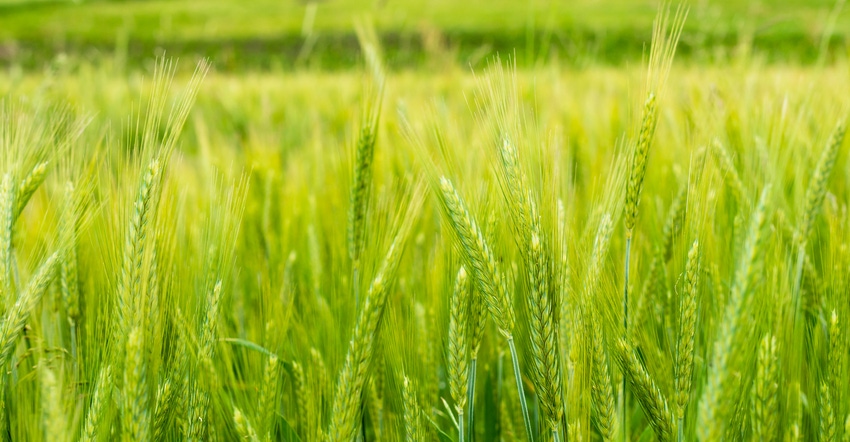September 29, 2021

More farmers are planting cover crops for their excellent benefits, including improving the health and function of soil. This leads to better nutrient cycling, improved water infiltration and more consistent yields over time. Cover crops also suppress weeds, prevent erosion, and control diseases and pests, as well as help pollinators.
Until recently, however, farmers with crop insurance were only allowed to hay, graze, or chop their cover crops for silage, haylage or baleage after Nov. 1, or see their prevented planting payment reduced by 65%. USDA’s Risk Management Agency just announced that farmers with crop insurance can now hay, graze or chop their cover crops at any time and still receive 100% of the prevented-planting payment.
RMA added this flexibility as part of a broader effort to encourage producers to use cover crops, an important conservation and good farming practice. Cover crops are especially important on fields prevented from planting, as they help reduce soil erosion and boost soil health.
Conservation, not commodity
RMA recognizes that cover crops are planted primarily for their conservation benefits and not as an agricultural commodity. For the 2021 crop year and beyond, RMA will not consider a cover crop planted following a prevented-planting claim to be a second crop. But RMA will continue to consider a cover crop harvested for grain or seed to be a second crop, and it remains subject to a reduction in the prevented-planting indemnity in accordance with the policy.
This decision to allow flexibility for the 2021 crop year and to make the change permanent for future years builds on the advanced research and identified benefits cover crops have supporting healthy soils and cropland sustainability efforts.
Soil health
Farmers not familiar with how mixtures of cover crops work together might ask, “Why would I want to plant a cover crop that uses up all my water?”
Using diverse annual cropping rotations and cover crop combinations increases soil organic matter. And for each 1% in organic matter, there is a 25% increase in water-holding capacity and up to 30 pounds an acre more of available nitrogen.
While cover crops use some water in the soil profile to grow, they simultaneously improve the soil structure by building soil aggregates, providing armor for the soil surface, and recharging the water in the soil profile though increased infiltration.
Common cover crops in western Kansas are often multispecies mixes and they include oats, triticale, radishes, sunflowers, sorghum-sudan, pearl millet, German millet, sunhemp, safflower and cowpeas. A mix of different species is selected depending on the time of year it’s planted, what producer objectives are and the resource concerns the producer is trying to address.
To learn more about the RMA’s policy change, visit farmers.gov. The page also has the latest cover crop termination guidelines, which were updated in 2019. And be sure to contact your local Natural Resources Conservation Service office or visit nrcs.usda.gov.
Source: The USDA Risk Management Agency is solely responsible for the information provided and is wholly owned by the source. Informa Business Media and all its subsidiaries are not responsible for any of the content contained in this information asset.
You May Also Like




